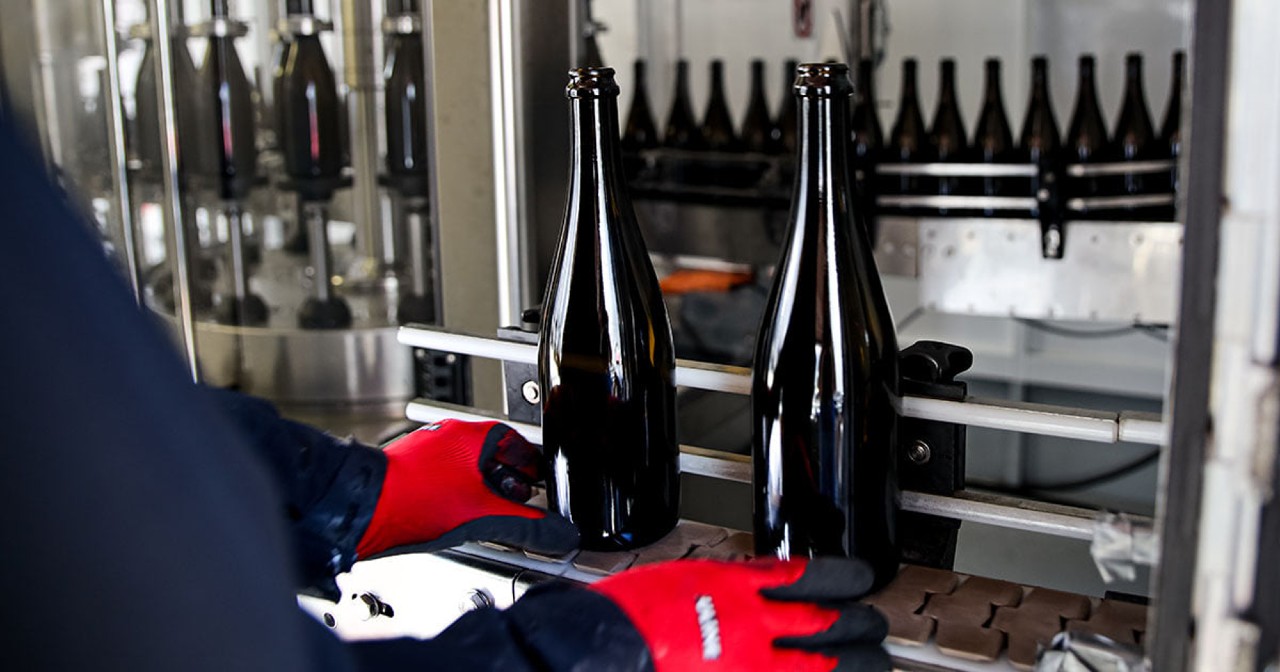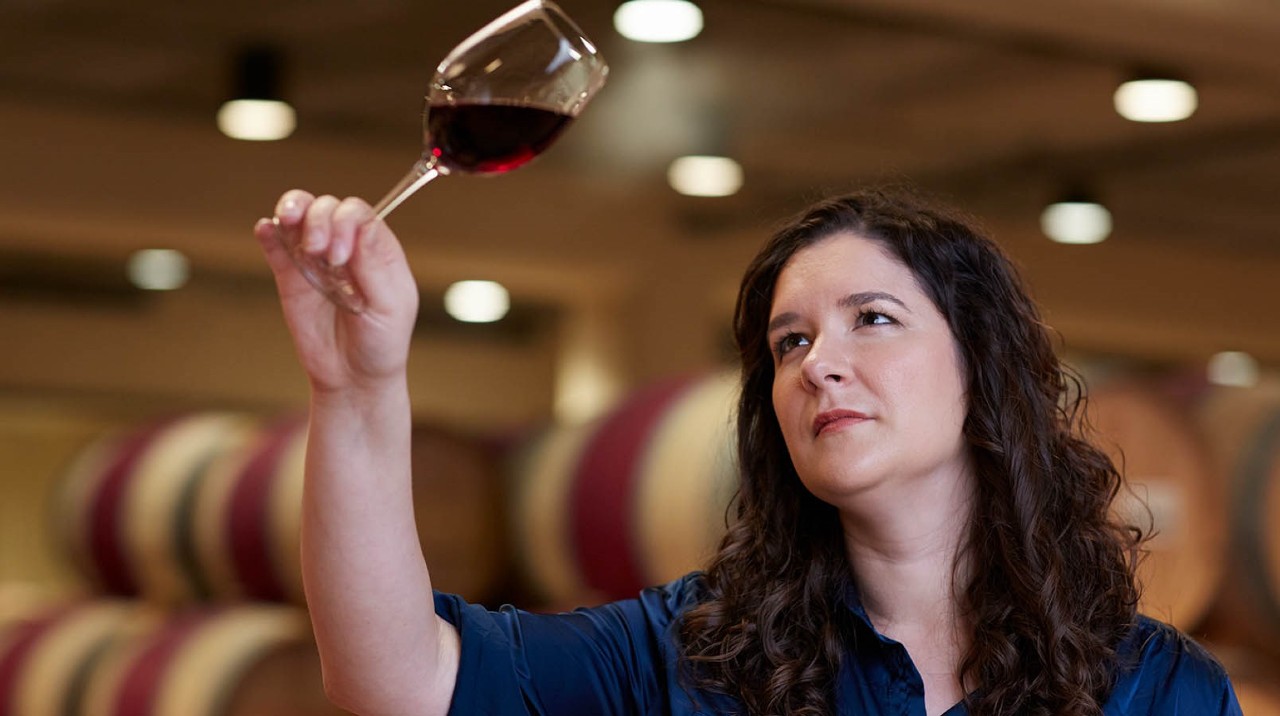Bread & Butter Wines has joined the ranks of other widely-distributed, long-standing wineries that recently introduced a new varietal to their portfolios, making the announcement last week that it had added a Pinot Grigio to its portfolio.
READ MORE: Bread & Butter Wines Debuts First-Ever Pinot Grigio
Vintner Magazine caught up with winemaker Linda Trotta, who expounded on why the Napa Valley wine company owned by WX Brands introduced a new varietal, how it fits in its portfolio, some Pinot Grigio best winemaking practices and more in this Vintner Wine Review Q&A.
VINTNER: This is the first ever Pinot Grigio Bread & Butter Wines has released. What are some challenges (or things to troubleshoot) before making a first-ever product?
TROTTA: There are gazillions of considerations to make when introducing a new variety to a brand portfolio. With Bread & Butter there is a stylistic consistency that runs through all of the wines, whether they are oaked or unoaked. We start with a focus on simplicity: purity of fruit, balance, how the wine finishes. Then we examine where there are opportunities to express these consistencies.
The first Bread & Butter wines that were released – Chardonnay, Pinot Noir, Cabernet Sauvignon – have very distinctive oak signatures that play a big part in the appeal of these wines. Our first unoaked wine that we introduced was Rosé and so the challenge was making a Bread & Butter wine without the oak character that the consumer was already accustomed to.
We went to work creating ways to both incorporate some of the best elements of the varietal and also create a wine that would be uniquely Bread & Butter and that would stand above the competition. It took a lot of time, trial and error, tasting, and re-tasting to arrive at our goal. It was a challenging and fun process. The same process took place with Pinot Grigio – examination of what consumers like in California Pinot Grigio, and then how do we make it in the Bread & Butter way.
VINTNER: What are some things to avoid when making a Pinot Grigio?
TROTTA: Misjudging the harvest timing. Too early, and the wine’s acidity is very harsh and overwhelming; too late and the fruit character loses its freshness and typicity. Another challenge is the fact that the Pinot Grigio grape has pigmented skins. This means that the skins can impart both color and astringency to the wine. We monitor this carefully to ensure that the wine is clear and not bitter when it goes into the bottle.
VINTNER: What are you looking for in a Pinot Grigio grape? With so many domestic Pinot Grigio wines being made, what steps do you take to make sure you get those grapes?
TROTTA: Getting the right grapes for the style, quality and price point of the wine we are making is the most important step in the winemaking process. Over the years, we have developed strong relationships with grape growers throughout California. It is through these strategic relationships that we are able to access fruit of the quality that we need.
VINTNER: The word “simplicity” was used a few times in the company’s announcement. What are some steps you take to ensure you achieve the desired result when making a Pinot Grigio?
TROTTA: Our message to the consumer regarding all Bread & Butter wines is that while making wine can be complicated, enjoying a glass of wine does not have to be – it is as simple as knowing what you like.
To that end, when making Bread & Butter Wines we strive for pure fruit expression, complimentary sweet oak flavors that are soft and seamlessly integrated (in the wines that are oak aged), balanced acidity, and a juicy, round finish that invites another sip. With Pinot Grigio we sought out and sourced the fruit from vineyards that deliver the purity of delicate fruit aromas and flavors that are a hallmark of the variety.
We worked to retain the natural acidity that is a signature of Pinot Grigio in a way that is lively but not bracing. It is also important to us that the wine has a long, fresh finish with a juicy, mouth-watering sensation. All of this begins with making picking decisions at the right point of ripeness, when the fruit has reached optimal balance between acidity, sugar, and flavors development.
VINTNER: What does having a traditionally uncomplicated wine like a Pinot Grigio do for a portfolio?
TROTTA: Adding Pinot Grigio to our portfolio was a strategic but easy decision. When you think about the Bread & Butter portfolio, we offer uncomplicated and straightforward wines to the consumer. As part of this approach, we also want to be able to offer something for everyone. The addition of Pinot Grigio rounded out the portfolio in a unique but simple way. Pinot Grigio has its own amazing taste profile that I love and consumers love, so it was a natural fit to offer yet another delicious wine for Bread & Butter fans to enjoy.








Be the first to comment